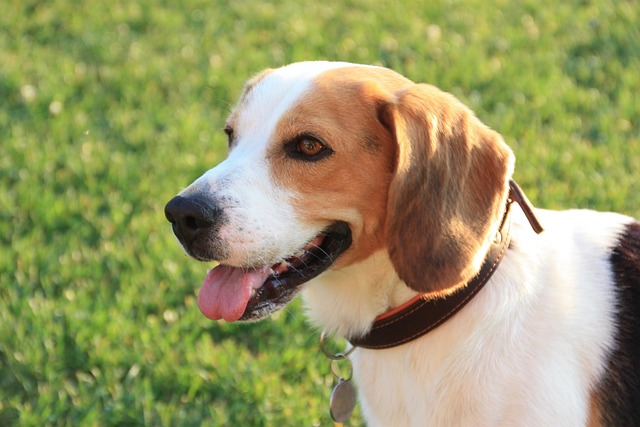
What is glaucoma in a dog?
You might notice your dog squinting more at mealtime or avoiding bright sunlight—these small changes could be early signs of a serious eye condition.
Waking up to find your little furball curled up instead of pouncing on their favorite chew toy? That sinking feeling hits—could this be a fever? For new puppy parents in places like Chicago or Austin, it’s easy to panic when Fido’s energy dips. Maybe he’s turning up his nose at breakfast, or his ears feel warmer than usual. These little signs can send even the calmest owner scrambling for answers.
Let’s start with the basics: a healthy puppy’s body temperature sits between 101 and 102.5°F. Think of it like their internal thermostat—when something’s off, that number creeps up. Fever isn’t a disease itself; it’s your pup’s immune system sounding the alarm, maybe from a bug, teething irritation, or even a reaction to their latest vaccine. Unlike humans, puppies don’t flush like kids do, so you can’t just read it in their cheeks. That’s why knowing the subtle cues matters.
So how do you spot it? First, grab a pet-safe thermometer—rectal ones are most accurate, though ear thermometers work too if you’re nervous. If the reading hits 103°F or higher, that’s a red flag. Then check for other clues: is she skipping her kibble but still wagging at the mention of “walkies”? That’s mild. But if she’s refusing water, shaking, or hiding under the couch for hours? That’s more serious. Last month, my neighbor’s Beagle pup, Lucy, ran a 103.2°F fever after her second distemper shot. Her vet said it’s common—her body was building immunity—and to call if it hit 104°F. By evening, she was back to stealing socks.

Now, let’s talk staying on the right side of the rules and your community. In every U.S. state, rabies vaccines are non-negotiable—skip them, and you could face fines or even have your pup quarantined. When you’re out and about, that pooper-scooper isn’t just polite; in cities like Denver, leaving waste unchecked can cost you $100. Living in an apartment? Keep those 3 a.m. zoomies in check with puzzle toys—your neighbors won’t appreciate the racket. And when you’re at the park, always keep a short leash on; not everyone loves dogs as much as you do, especially kids or seniors.
Remember, scolding or hitting won’t help a sick pup—and it’s against the spirit of positive training that’s standard here. If your feverish puppy chews the couch, redirect with a Kong instead of raising your voice. Reward calm behavior with tiny bits of chicken—trust me, they’ll learn faster. Most importantly, when in doubt, call your vet. A quick check beats worrying all night, and that’s what responsible pet parenting is all about.

You might notice your dog squinting more at mealtime or avoiding bright sunlight—these small changes could be early signs of a serious eye condition.

Let’s set the scene: It’s a sweltering Phoenix afternoon—105°F outside—and you rushed your 2-year-old Lab mix, Cooper, on a quick walk to “get it over with.”

Let’s get real: You’re in your Miami apartment, watching your 3-year-old Corgi, Loki, struggle to climb the stairs to your second-floor unit.

Many dog owners brush off occasional scratching as just “dog behavior,” but persistent itching often signals something more—like a food allergy.

You might first notice your dog scratching more than usual—chewing at their paws until the fur looks thin, or rubbing their face against the couch nonstop.

Let’s be real: You’re standing in your Chicago apartment, watching your 3-year-old Beagle, Max, huff and puff just to climb onto the couch.